The earliest known cave paintings, dating back to around 40,000 years ago, represent humanity's first attempts to communicate visually. These ancient artworks, discovered in locations such as the caves of Lascaux in France and Altamira in Spain, offer a glimpse into the minds of our prehistoric ancestors.

Created using rudimentary tools and natural pigments, the paintings often depict animals, human figures, and abstract symbols, reflecting the beliefs, rituals, and daily lives of the people who made them. These early expressions of creativity represent the beginnings of human artistic tradition and the deep-rooted desire to leave a mark on the world.
The Hawk’s Nest, located along New York State Route 97 in Orange County, is a scenic roadway known for its breathtaking views of the Delaware River and its sharp, winding turns that hug the cliffside.
Route 97’s history dates as far back as 1859, when it was a single-lane dirt road. It was widened and paved in the early 1930s as part of a larger effort to improve infrastructure and promote tourism in the region.
The Hawk’s Nest is a particularly scenic stretch that is named for some of the birds of prey that call this region home.
Over the years, the Hawk’s Nest has become a popular destination for motorists, cyclists, and photographers drawn to its dramatic vistas and the engineering marvel of its construction.
I have been photographing the view here for over a decade, pulling over whenever the light or atmosphere compels me to attempt a new composition.
But lately, I have been pulling my camera back a little. Instead of looking out at the vista, I look down, drawn in by the fascinating symbols made by fellow members of modern civilization.
It’s hard to know what these rudimentary drawings truly mean. But one can assume these enigmatic symbols, painted upon the textured rock surface, appear to be a commentary on the duality of existence.
The form, seemingly crude yet deliberate, may represent the raw, unrefined nature of human creation. The linear and circular elements intertwine, perhaps signifying the cyclical nature of life and the unending journey of the human soul.
The contrast between the symbol and its rugged canvas evokes a sense of conflict—an embodiment of the eternal struggle between the material and the metaphysical, the mundane and the divine.
Perhaps these people, like our ancient ancestors, unable to communicate through any other means and feeling insignificant in today’s society, are also just trying to leave their own mark on the world.
Look at this one, it appears to be interactive.
How innovative!
I wonder, do these symbols, like the hands from thousands of years ago, represent who we are and what we have become as a society?
Only time will tell.
ARE YOU SUBSCRIBED?
If not, hit that button below. This newsletter comes out once a week. The main stories will always be free but your support helps motivate me to keep them coming.
Thank you.
Zach Vitale won’t leave a mark on anything because he’s already a stain on everything.
Kristen Neufeld would rate it a 4.5 but is deducting 5 points because it’s rude.





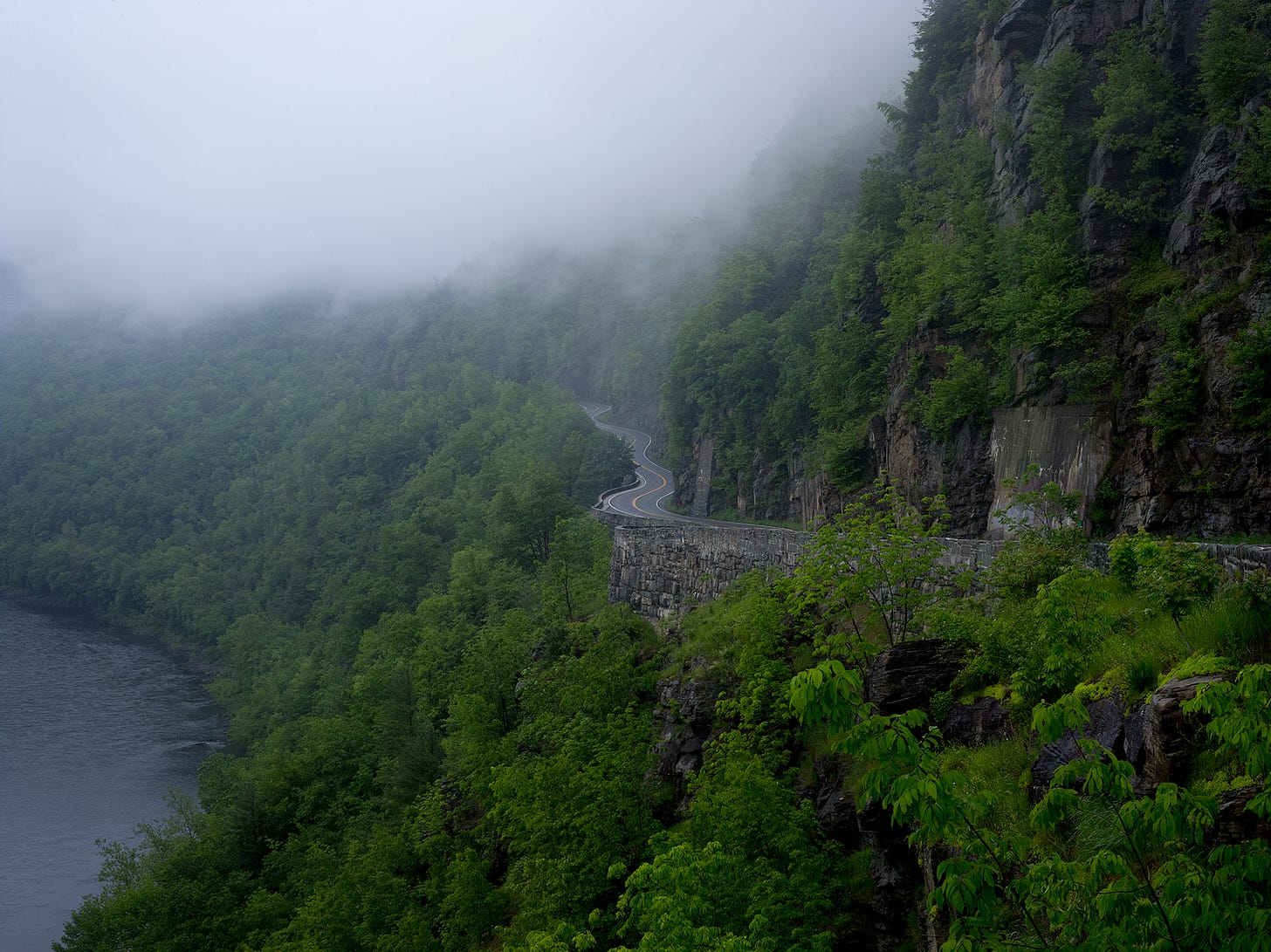
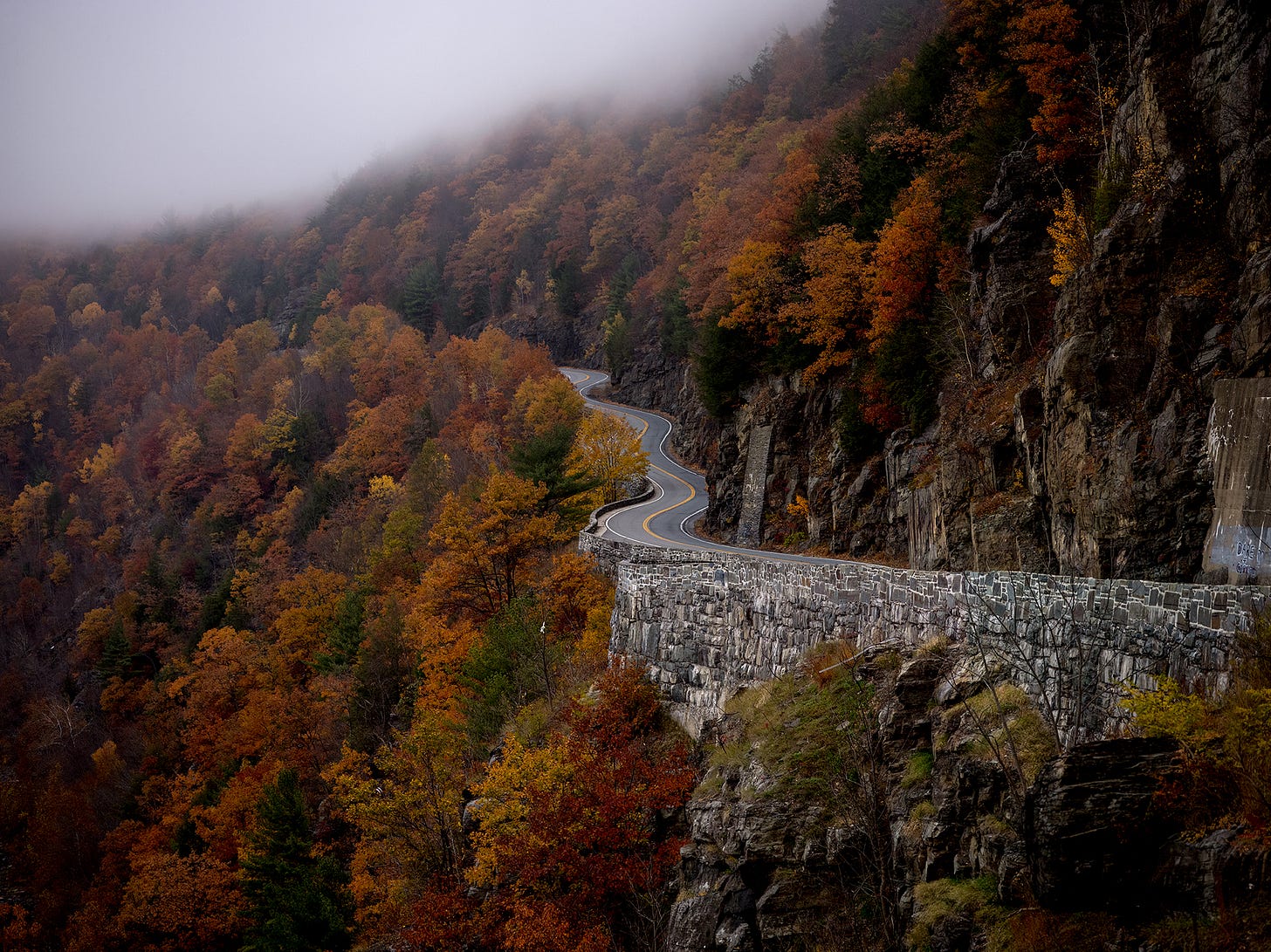
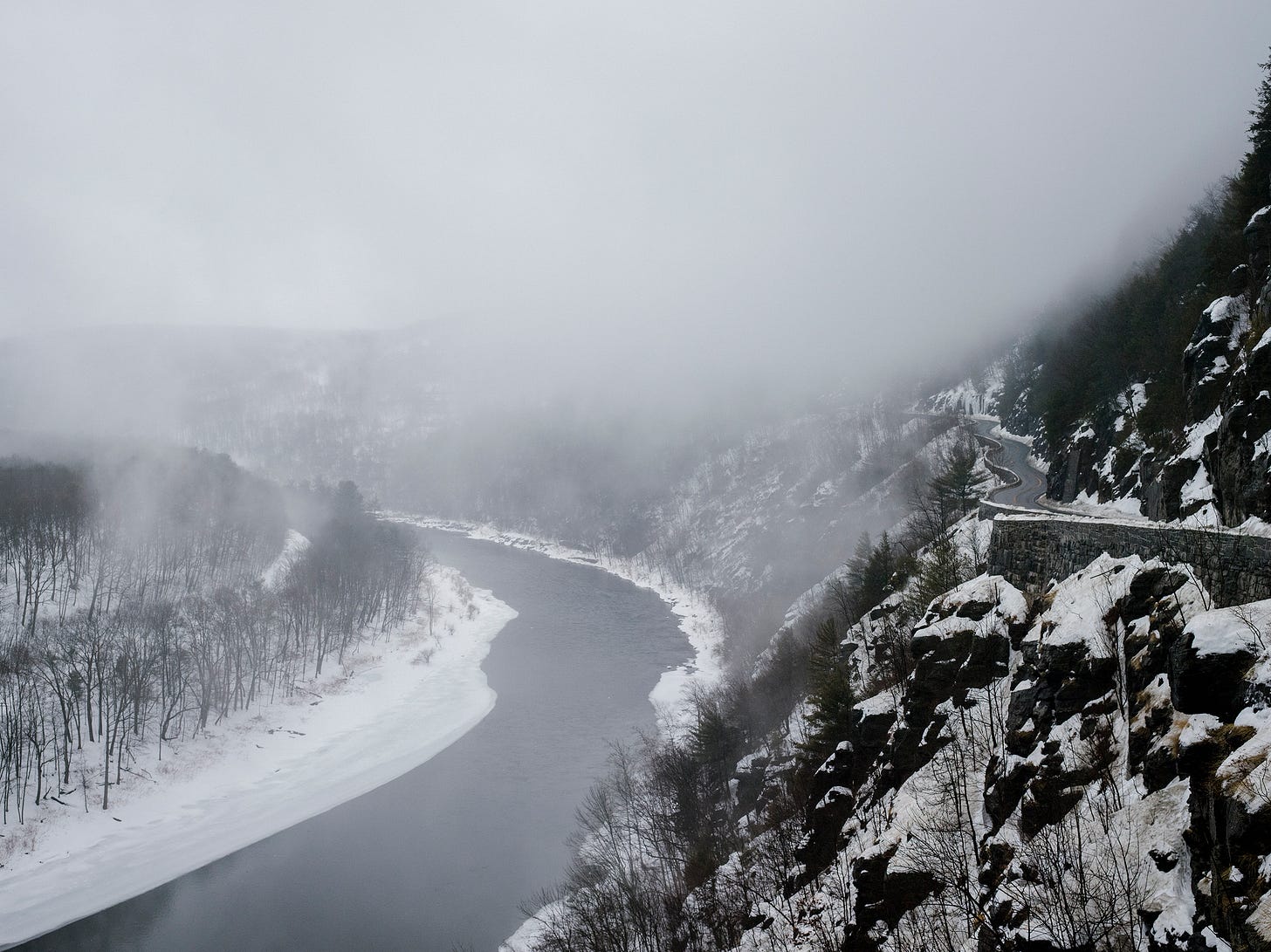


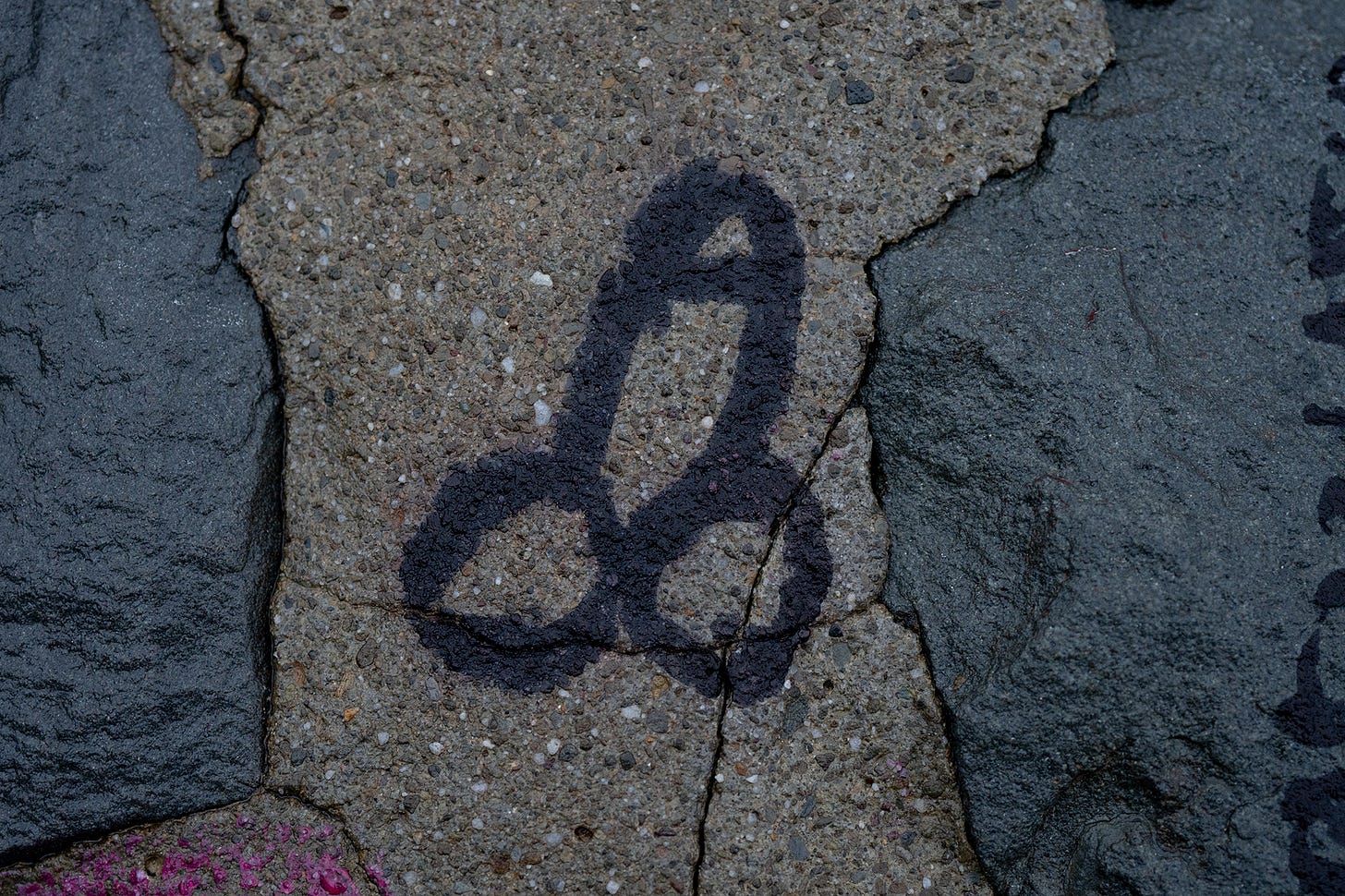
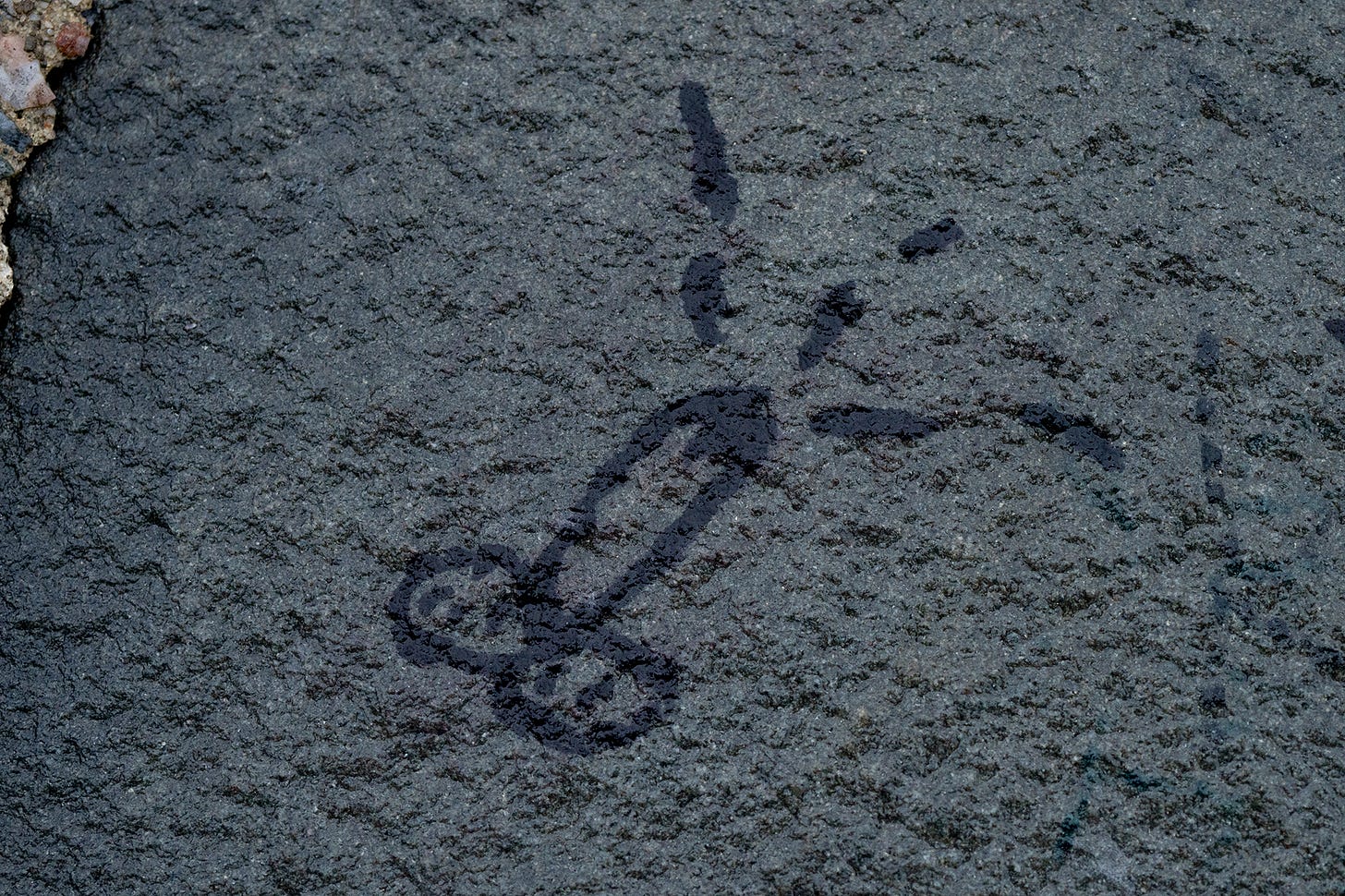
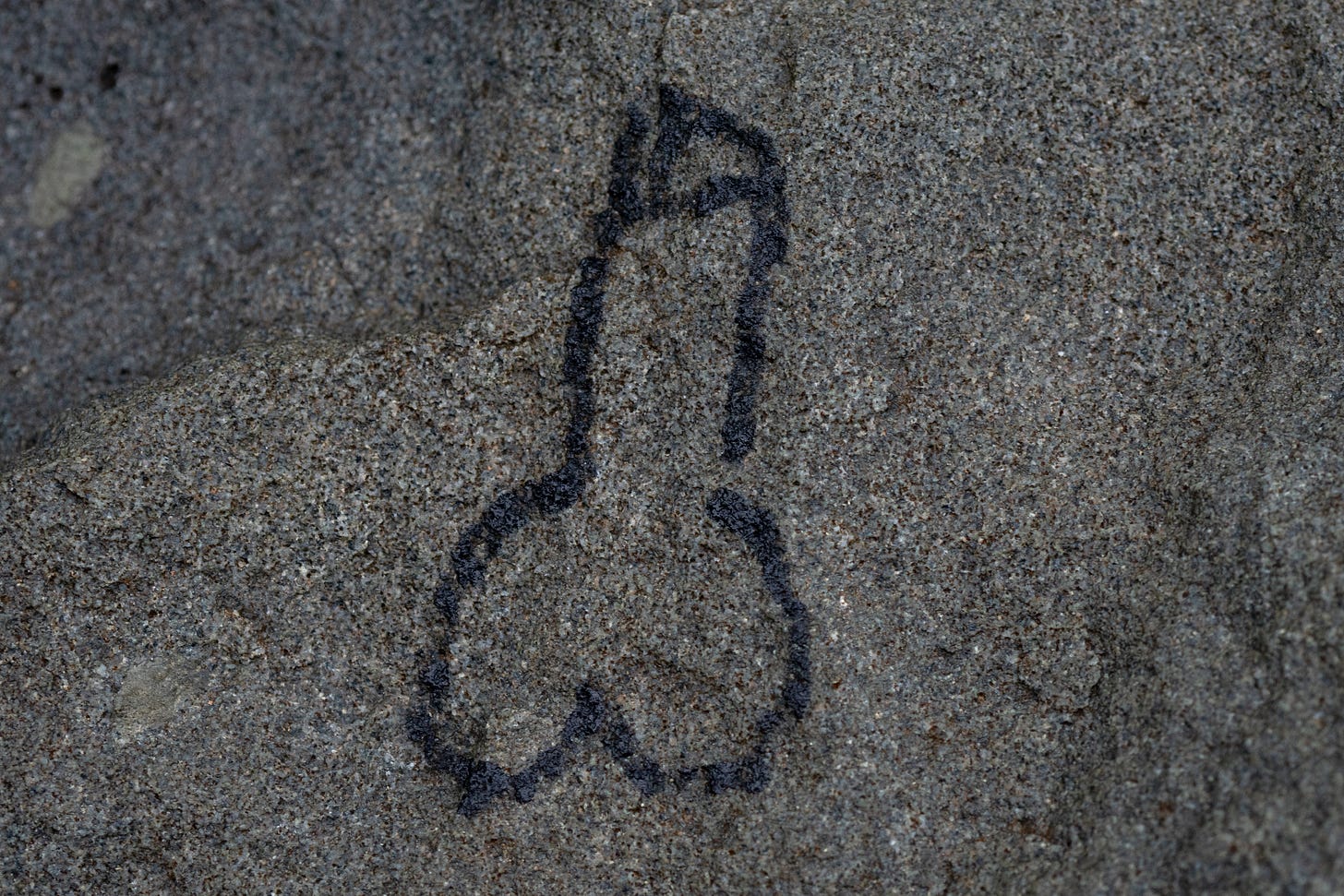
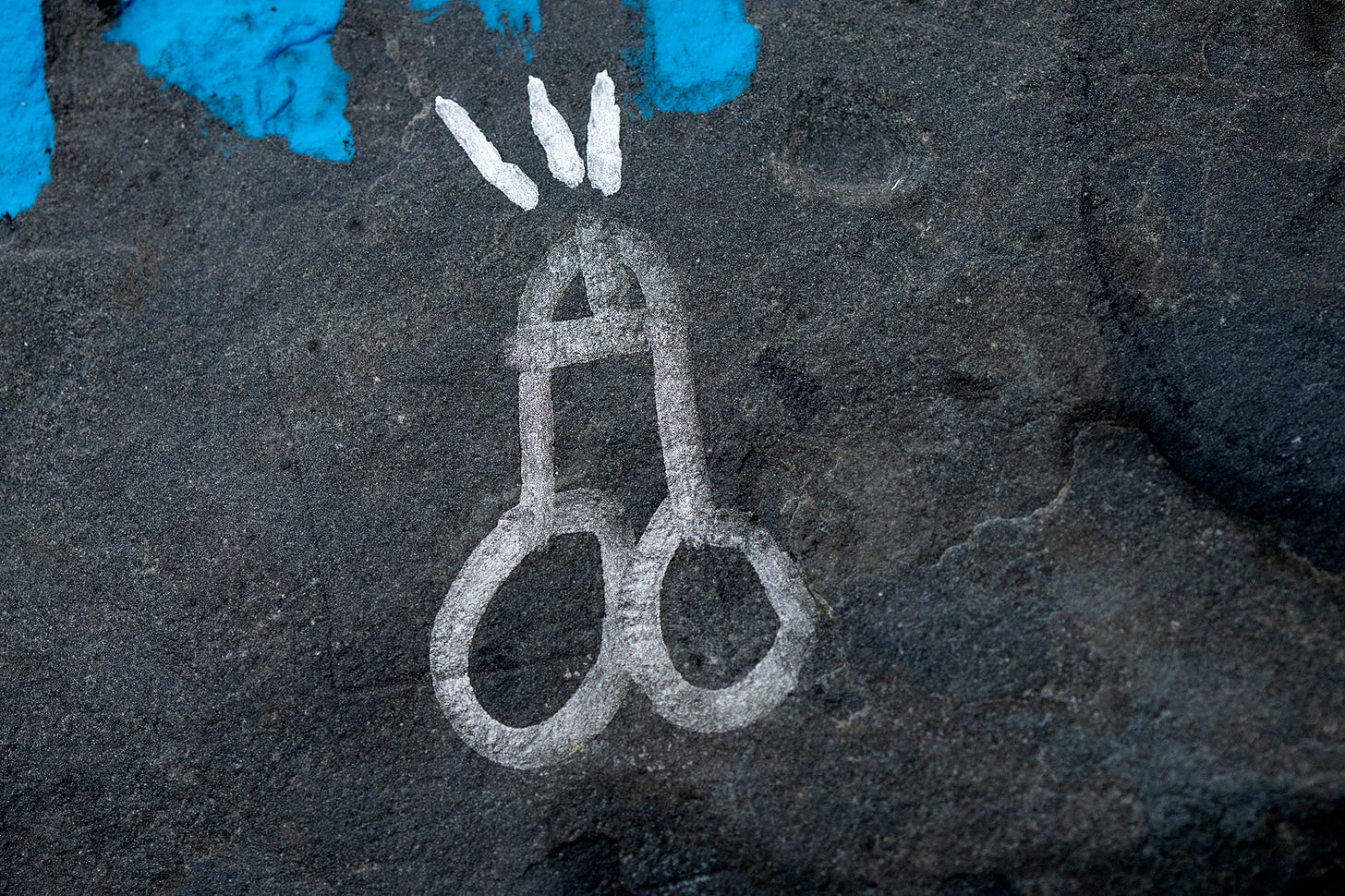
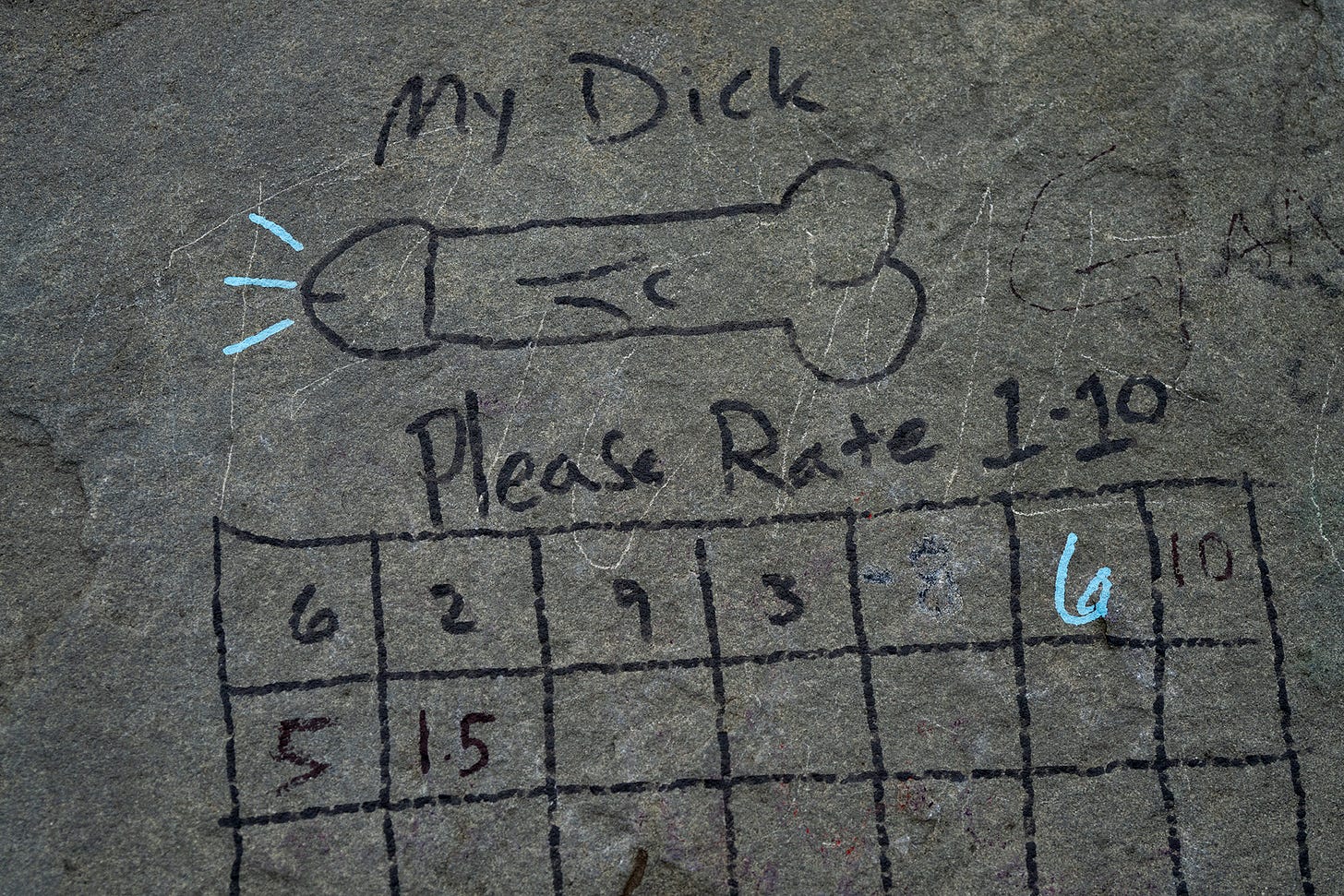
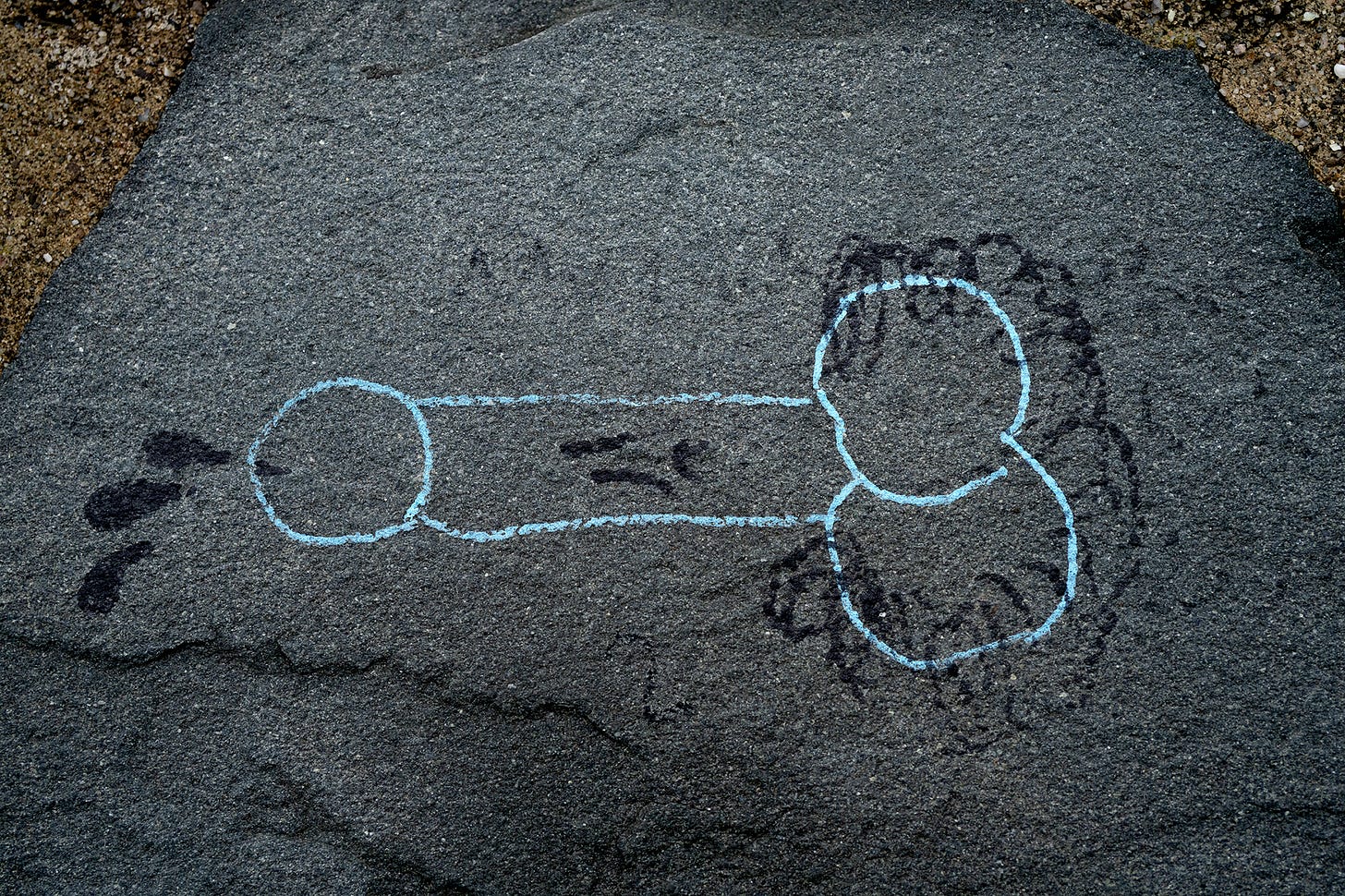
Thank you for the important work that you do.
With the first paragraph and image, I wondered in there were cave paintings along Hawk’s Nest I didn’t know about.
The payoff was so much better than I could have imagined.